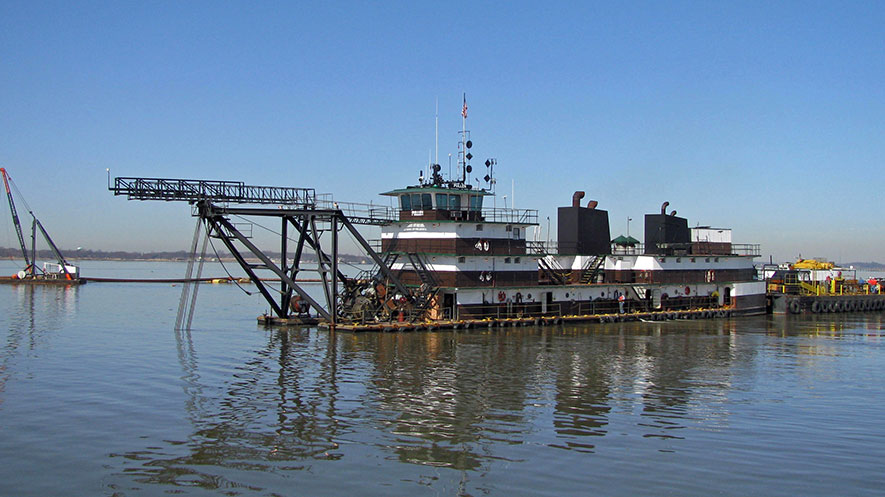Congress is in the midst of working to move forward another Water Resources Development Act (WRDA) – the first since 2014, which had an additional R (for “Reform”) included.
Why is that news for coastal communities?
First, WRDA bills are the way the U.S. Army Corps of Engineers gets its marching orders on all water infrastructure issues, including coastal concerns. WRDAs authorize crucial coastal projects, providing federal direction and allowing federal dollars to be spent on those projects (which then allows Members of Congress to provide federal funds via the annual appropriations process).
WRDAs were intended to be pursued in even-numbers years every two years – a process that worked for a few cycles from 1974 (the first one) to the turn of the century. But after 2000, congressional discord and opposition to federal spending, led to just two WRDAs in the past 15 years. With the end of congressional earmarks in 2010, WRDAs became even harder to pass.
That brings us to the second point: Regular WRDAs allow Congress to exert its legislative authority on coastal (and Corps) issues, rather than relying on the executive branch alone to set the parameters. That’s healthy for government, and (usually) good news for the coast.
Third, regular WRDAs help coastal managers count on federal support for their authorized projects, or for new grassroots efforts that have garnered support in DC. Coastal management relies on steady and secure funding to work at its best, so that communities know that funds will be available as projects move forward (or could be available if their project can win federal backing). In coastal projects, planning means savings – not just the financial kind (although that’s very important) but also in preserving local ecologies and economies when project can move forward as planned.
What’s in the WRDA now under consideration? A number of good ideas – although, since each chamber passes its own WRDA version, some of the elements need to be addressed in conference and may look different when (and if) a final WRDA is approved.
Among the coastal highlights:- Beneficial Use of Dredged Materials: Rather than a least-cost approach to disposing of sand and other sediments dredged from navigation channel,, the act would make it easier to put the sediment on adjacent beaches in need of nourishment, as well as making cost-sharing and other local collaboration easier.
- Coastal Resilience collaboration: Since a key element of resilience is taking a regional view of the coast, this would encourage such interaction while streamlining the regulations and research involved.
- Natural and Nature-Based Features: A focus of the growing “living shoreline” efforts, the bill would require research and reports on the effectiveness and impact of such features on federal projects.
- South Atlantic Division comprehensive study: In the wake of the highly lauded (and laudable) North Atlantic study done post-Sandy, this WRDA would authorize and fund a similar study for the southern coastline
- Authorization of projects and studies: Specific support is given to federal coastal projects in the Carolinas, Florida, New Jersey, Louisiana and California, along with feasibility studies in Delaware, Florida and Virginia.
Of course, the WRDA goes beyond coastal concerns alone, addressing needs in ports, inland waterways, dams, drought and water/wastewater infrastructure – covering some 25 Corps projects in 17 states.
Working under a self-imposed election-year deadline and during a particularly partisan period, Congress faces some obstacles in getting a WRDA out the door before the Members leave town in mid-July (there’s also the need to fund some implementation efforts spelled out in the 2014 WRRDA).
According to the American Shores & Beach Preservation Association (ASBPA), coastal advocates should encourage Congress to come together on passing a WRDA this year (with as many of these good ideas as they can), and commit to returning to a two-year schedule in years ahead. Consistent federal commitment to the coast is crucial to local support and success, and a successful WRDA would be a good sign indeed.





